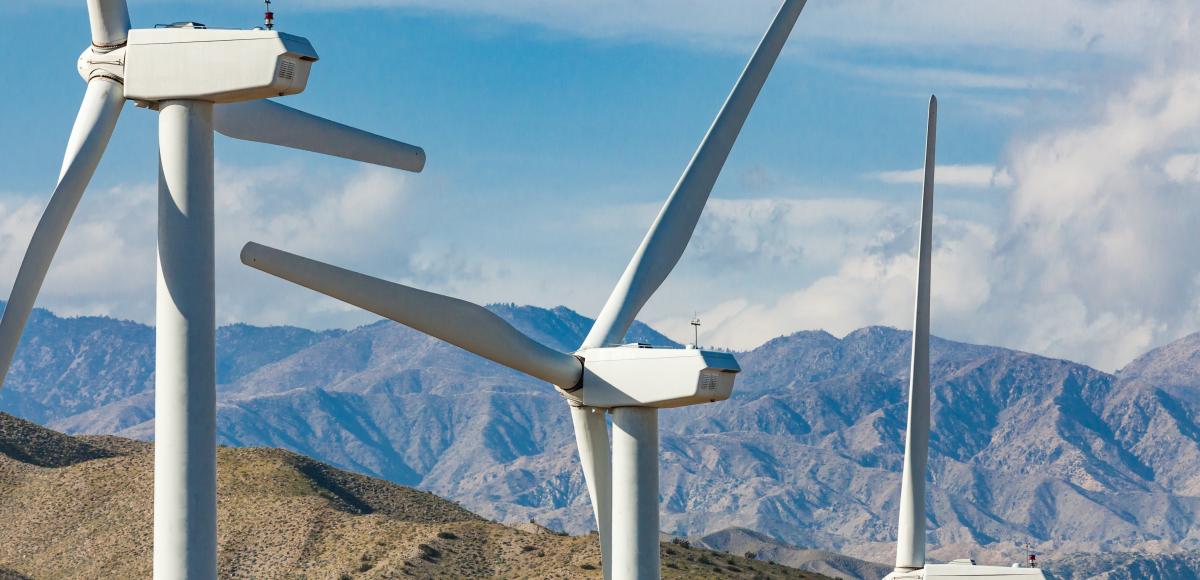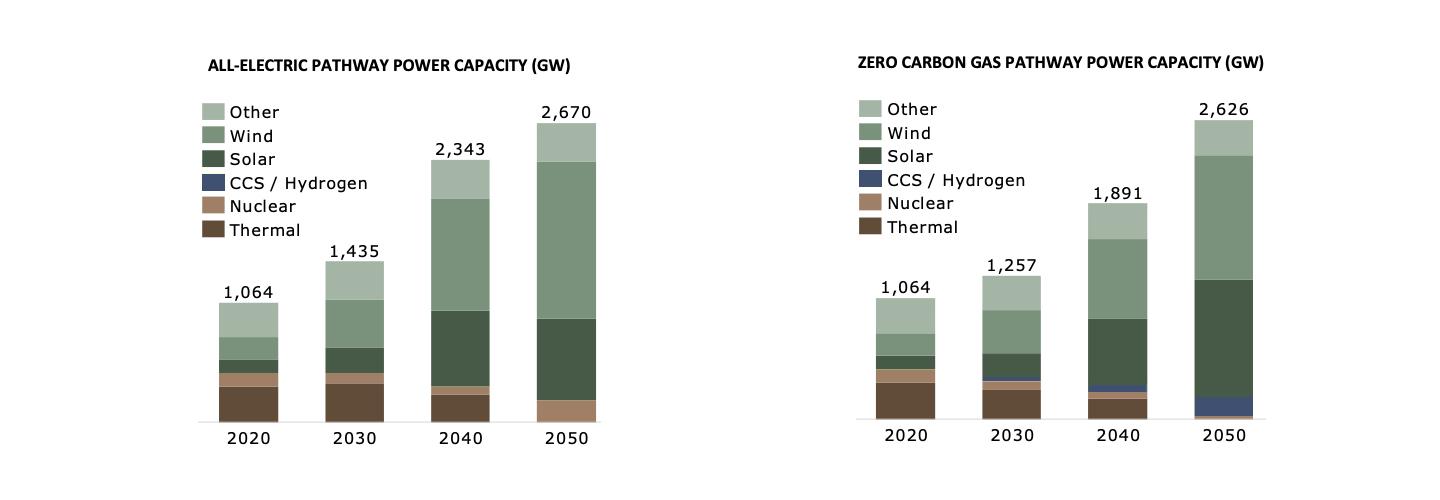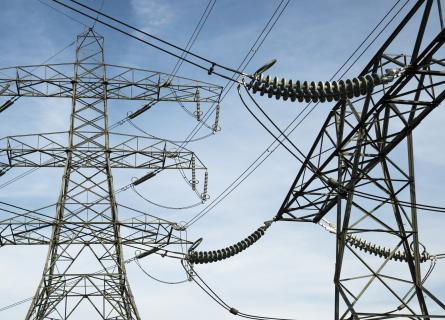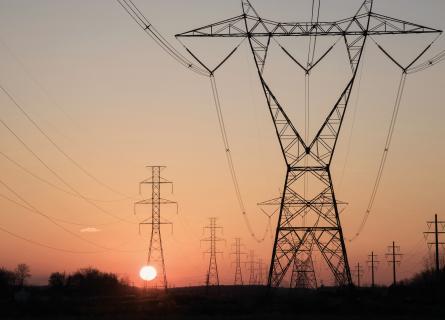
Decarbonising the United States: Lessons from Europe
In the face of federal inaction on climate change, US state governments, cities, utilities and private companies are setting “net zero” emission targets by 2050. However, there is no unified vision of how this will be achieved.
Unlike the US, European leaders have set ambitious goals of fully decarbonising the energy system by 2050 and are actively analysing achievable pathways to meet this goal. There may be important lessons gleaned from the European experience as the US considers its own way forward.
In an effort to provide insights into how Europe could tackle the issue, the team at AFRY has conducted several multi-client studies, looking at various options for delivering a fully decarbonised energy system.
One study focused on comparing two pathways:
- All-electric: In this pathway, decarbonisation of the power, heat and transport sectors (which together account for 75% of economy emissions) were limited to the use of only renewables, biomass and nuclear.
- Zero-carbon gas: In this pathway, additional technology options, such as biomethane, hydrogen and carbon capture utilisation and storage (CCUS) were allowed to compete in the energy mix.
The study’s most promising finding was that each pathway provides a feasible, albeit challenging, route to 100% decarbonisation to 2050 for all three sectors of the energy system: power, heat and transport. Both paths supported wind and solar capacity of over 2,100 GW by 2050. However, the pathways differ significantly with regards to technical, financial and political challenges.
With many decarbonisation studies there is a tendency to focus on the power sector, while disregarding the challenges of how to rapidly replace coal, oil and gas in the transport and heat sectors. In order to electrify all sectors of the energy system, massive additional volumes of electricity would have to be produced and transmitted.
Further, as these different energy systems all require reasonable temporal matching of production and consumption typically at the sub-hourly level, it is difficult to rely solely on renewables for all electricity production, partly due to its dependency on unreliable weather conditions.
Under the ‘all-electric’ solution we not only see extremely large volumes of electricity storage technologies developed (both dedicated and EV related) but, if hydrogen and CCUS are not allowed to develop, then significant new nuclear build is required to keep the lights on and homes warm. This is an outcome many find untenable, both in Europe as well as in the US. In addition, this scenario required additional system costs of around €1.15trn in Europe.

Unlike the “all electric” pathway, the “zero carbon gas” pathway allowed for the usage of biomethane, hydrogen and CCUS. As a result, there is 163GW of CCUS/hydrogen in this pathway that is not in the all-electric pathway and only 33GW of nuclear (versus 196GW).
Where cheap renewables are available (e.g. wind power in the Nordics and solar in Spain) then hydrogen produced from water through electrolysis is favoured. If renewables were less abundant, creating clusters of hydrogen production using steam methane reforming with CCUS was optimal.
A valuable component of these clusters was the cost reduction offered for negative emissions technologies: a ready CO2 transport and storage system when capturing emissions from co-firing biomethane and natural gas.
A major advantage of the "zero carbon gas" pathway was it could decarbonise the full energy system by partly using existing gas networks and infrastructure. By replacing unabated natural gas with zero carbon gaseous fuels it both removed the requirement for extensive new nuclear deployment and delivered major cost savings by reducing the required expansion of electricity networks.
While the pathways differed significantly in the solution, they also agreed in fundamental areas: the rapid and widespread continued adoption of both wind and solar will be a crucial component of a highly-decarbonised system; and the addition of the energy-balanced needs of transport and heat adds significantly to the scale of the problem but also provides some intriguing solutions.
The flexing of responsive demand to match variable supply becomes the new normal for hourly energy balancing.
Conclusion
The key lesson is that it is critical for countries to keep their options open. The climate threat is urgent and, in order to decarbonise the entire energy system, we need to consider all options available.
Recently in the US, the National Petroleum Council has released a landmark study into the viability of widespread deployment of CCUS to lower emissions from large stationary sources. This detailed study provides a roadmap for how CCUS could develop and be part of the solution in the US and abroad.
We have also seen that such developments are not in competition with the rapid deployment of renewables. In fact, deploying these solutions across sectors is highly complementary. The future will be a sum of many solutions – the key is how to integrate them and make them work together.






